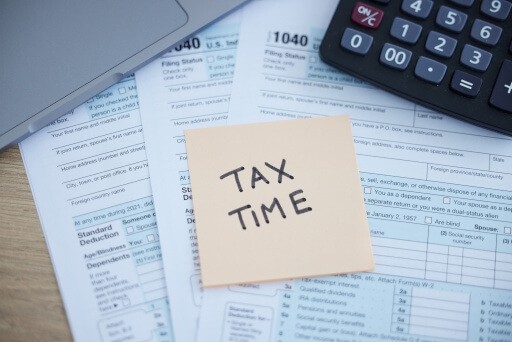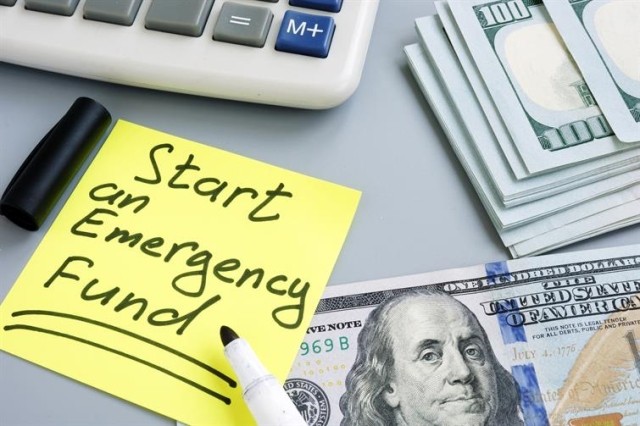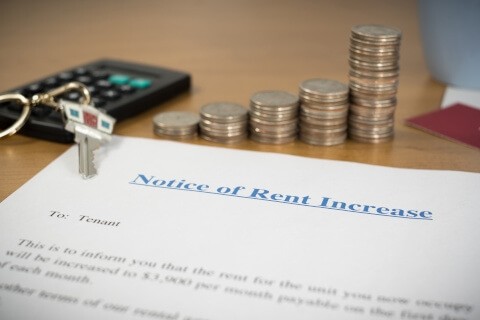Learn how to buy rental properties even if you're broke with these out-of-the-box ideas for getting a down payment. Consider options like withdrawing from your retirement savings penalty-free, using the BRRRR method of investing with an investor, or setting aside big cash flows like tax refunds and annual bonuses for long-term growth. With these strategies, you can quickly build your real estate portfolio and start making profits on your properties.
A morning of HGTV, watching shows either about flipping or income properties, will get you thinking. How do I get into that game?
For years before I bought properties, I watched these shows. Broke. I thought about how fantastic it would be to do that, too. Unfortunately, my bank account said, "Cute thought, but no."
However, by thinking out of the box, I was able to get my first property. And then my second. And then my third. All, while making profits on the properties. So, how did I do it?
3 out-of-the-box ways to get a down payment
1. Loan or withdrawal of your retirement savings
For my first home, I withdrew the down payment from my retirement savings. Most of the time, a withdrawal from a 401(k) comes with a hefty penalty fee; however, for a few situations, that penalty is avoided. Buying a first time home, some medical expenses, and education can be penalty-free, but speak with your tax accountant to make sure your circumstances qualify.
A 401(k) loan is an option, too. You can take a loan on your 401(k) to pay for a down payment, if that is an option with your employer's retirement fund company. But there are some drawbacks. It is a loan, so you need to pay it back ... with interest. On the plus side, the interest you're paying back is to yourself. You can borrow up to $50,000 or up to 50 percent of your retirement account (whichever is less). Let's say you have $40,000 in your retirement account: you can borrow $20,000 for a down payment. That would get you a 20 percent down payment on a $100,000 home.
Note: Withdrawing from your 401(k) for a property or taking a loan from your 401(k) is only feasible if it is your first home and you'll be living in it. You can, however, have a plan to rent it later. Find out from your lender how long you need to live in the home before renting it out. If you want income right away, buy a property with an in-law suite or separate living spaces. You can live in one unit and rent the other.
2. BRRRR with an investor
If you want to quickly build your real estate portfolio, try the BRRRR method of investing with an investor. BRRRR is buy, rehab, rent, refinance, repeat.
This is how it works. You work with an investor to pay for the down payment on the property. This can also be done with a hard money loan or equity loan. Here is the key: the property should be ugly. Next, you rehab it. Instant equity. After this, you rent it for about a year. Then, you refinance the property, pull out the cash, and pay off the loan or the investor. Last, you repeat this process. By the end of this cycle, you essentially have gotten the property for nothing out of pocket.
Some drawbacks to this plan:
- It's risky. It relies on high-interest options such as an investor/hard money or putting another property on the line with a home equity loan.
- The property needs to be inexpensive.
- The rehab needs to be low cost.
- You need to know the market to ensure the refinance can pay off the initial investor. Will the property be worth what you need it to be?
3. Take advantage of big cash flows
Use your tax refund and annual bonus for long-term growth by setting it aside for a down payment. Instead of squandering away the $6,000 you got from your tax refund or spending your $10,000 bonus on a vacation or other luxury, put it in a separate savings account for a down payment. With these numbers, after two years, you will have $32,000, enough for a $160,000 property.
In conclusion
Real estate is a solid strategy for diversified investing. But the key to financial growth is adding to your portfolio. That isn't always easy when your finances are in a non-liquid state. So, by taking advantage of some out-of-the-box ways of getting a down payment, you can build your portfolio quickly. As your portfolio grows, keep track of your income and expenses with Apartments.com. By summarizing expenses by property and tax category, you can organize your finances no matter how many investment properties you acquire.











